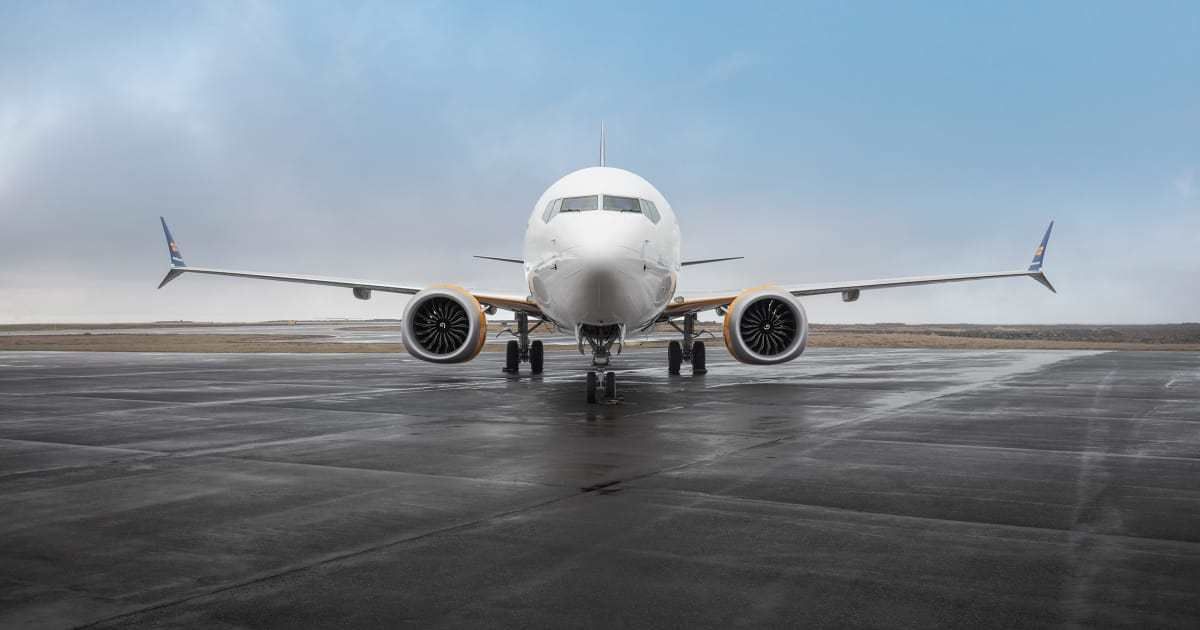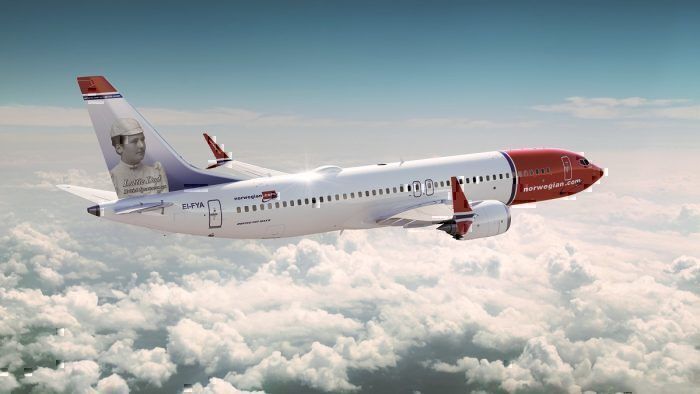It’s another day and there’s another episode in the ongoing saga that is the 737 MAX grounding. The European Union Aviation Safety Agency (EASA) does not expect to certify the 737 MAX until at least January, about a month behind the FAA’s current schedule and behind Boeing’s repeatedly stated aim of having the 737 MAX back in the air by the end of 2019.
Tim Hepher, writing for Reuters, is reporting that EASA expects to have certification flights of the 737 MAX in mid-December 2019 and is looking at clearing the plane to fly commercially sometime in January. Reuters reports that while the FAA is tentatively scheduled to give the 737 MAX the okay to resume flying in US airspace in December 2019, EASA Executive Director Patrick Ky, says they will be lagging several weeks behind the FAA with their clearances.
EASA is not an FAA branch office
EASA, like most regulators, will be conducting their own tests on the 737 MAXs before the aircraft gets the okay to fly in their respective airspaces. Amongst other things, EASA is responsible for ensuring aviation safety for and within its 32 member states. There have long been concerns that some regulators will drag their heels and disrupt the smooth return to service of the 737 MAX. But given the problems with the 737 MAX, both before and after its grounding, it’s hardly surprising that each jurisdiction will want to satisfy themselves as to the aircraft’s safety and not just rely on the FAA’s say so.
EASA notes that they will try to coordinate with the FAA “as much as possible,” but that EASA has its own processes and requirements. EASA boss Patrick Ky said;
“So we may end up with a couple of weeks of time difference but we are not talking about six months; we are talking about a delay which, if it happens, will be due mostly to process or administrative technicalities.”
On the surface, the EU looks to be running about a month behind the USA on getting the 737 MAX back in the air. Boeing has certification flights scheduled early next month in the USA. The FAA needs at least 30 days after the successful completion of the certification flights to lift the grounding, suggesting a best-case scenario of early to mid-December 2019 to lift the 737 MAX grounding in the USA. EASA has its certification flights scheduled for December.
Finally, things might just be looking up
As 2019 draws to a close, it’s broadly positive that the two big regulators have relatively short time frames for lifting the 737 MAX grounding. It will be good news for the airlines with costly planes parked on tarmacs. How they go convincing passengers to get on board the planes will be another matter. As has been well canvassed, the airlines will need at least a month following the lifting of the grounding to get their crews trained and the planes back in fully operational condition.
In the USA, United, American, and Southwest have all pushed the 737 MAX out of their schedules until late winter or early spring. SWAPA, the Southwest Airlines pilots union, caused a minor kerfuffle earlier this month when they said they didn’t expect to see the 737 MAX back in the air until February 2020.
Going by the current timeline (and these timelines, as with most things related to the 737 MAX, change constantly), the 737 MAX could be back flying within the USA by early 2020. Of course, that excludes Canada who have their own processes and procedures and a flag carrier with a substantial fleet of grounded 737 MAXs.
Patrick Ky’s comments to Reuters, along with Boeing’s steadfast optimism about a return to service for their 737 MAX this year, and noises from the FAA suggesting this might just be possible, indicate the end may be nigh for the 737 MAX grounding. Other jurisdictions will need to get on board but 2020 might just be a better year for Boeing than 2019 was.



